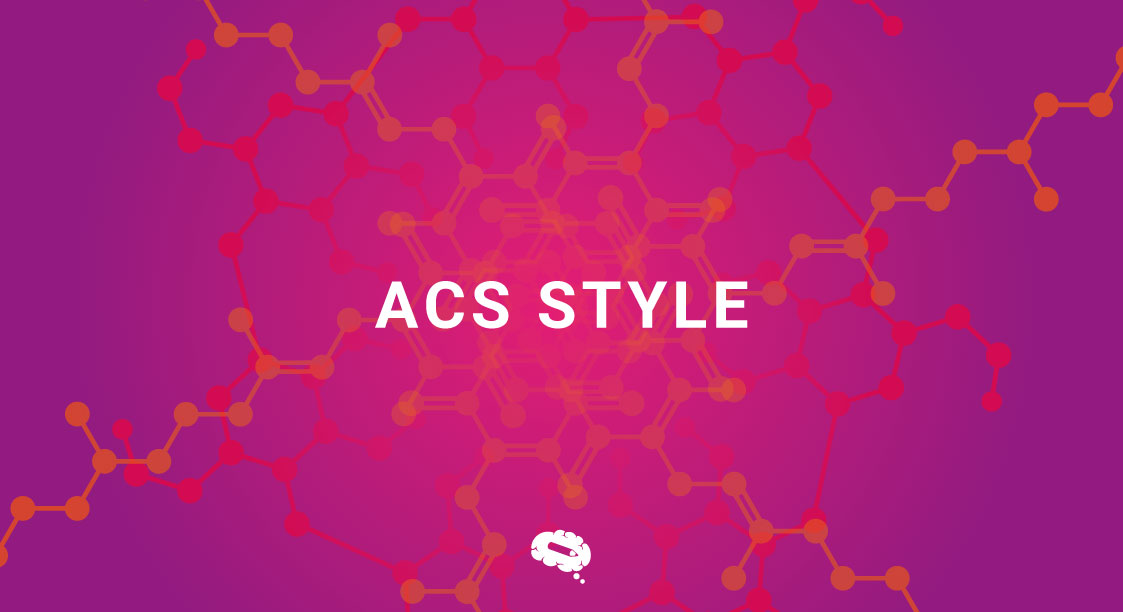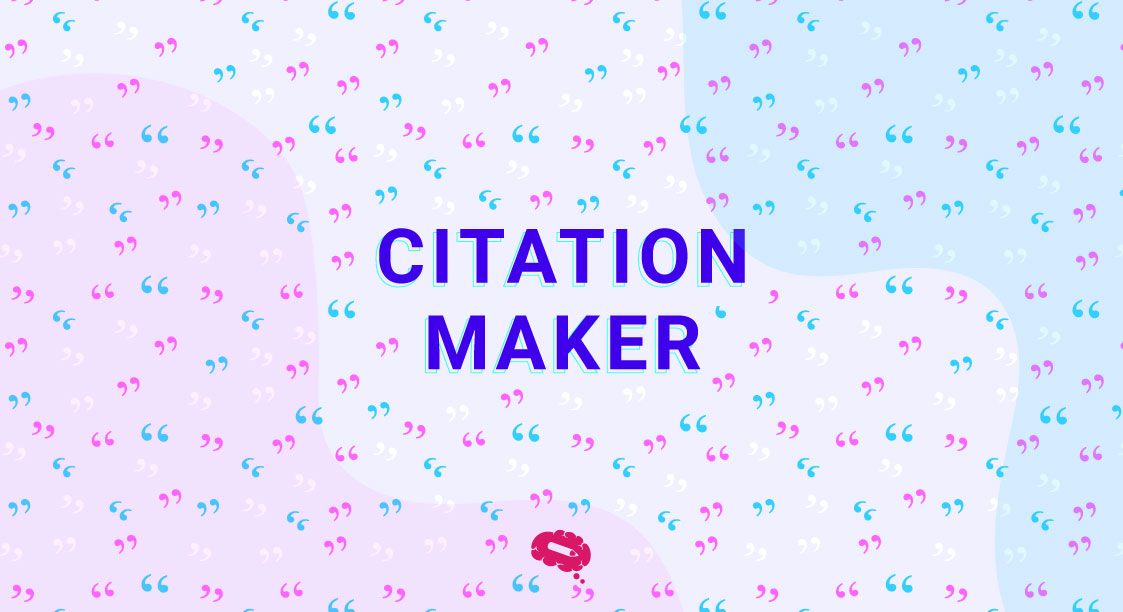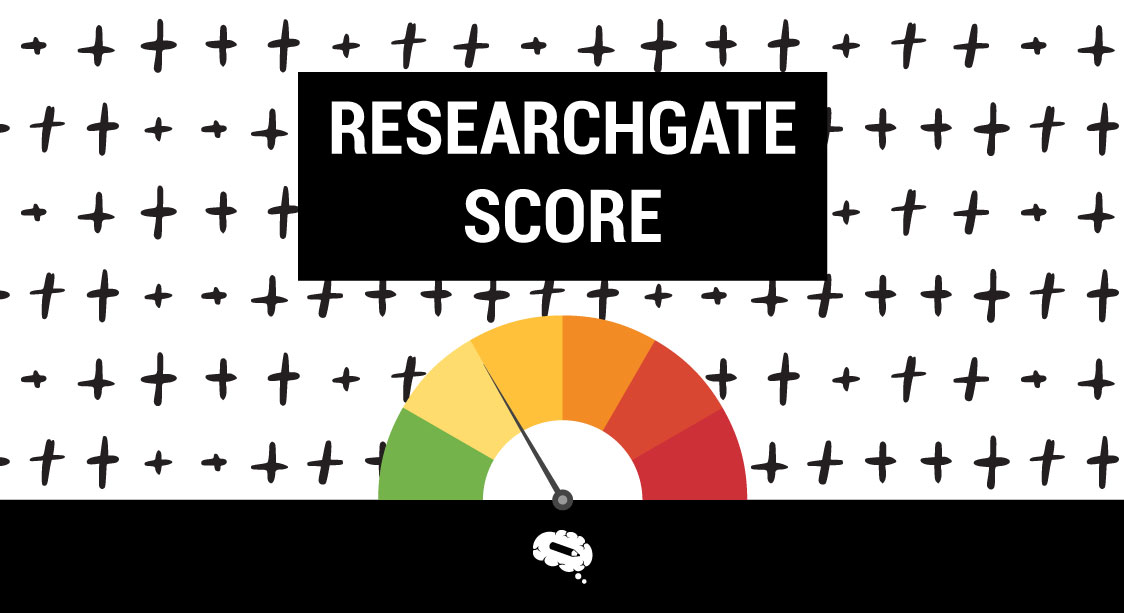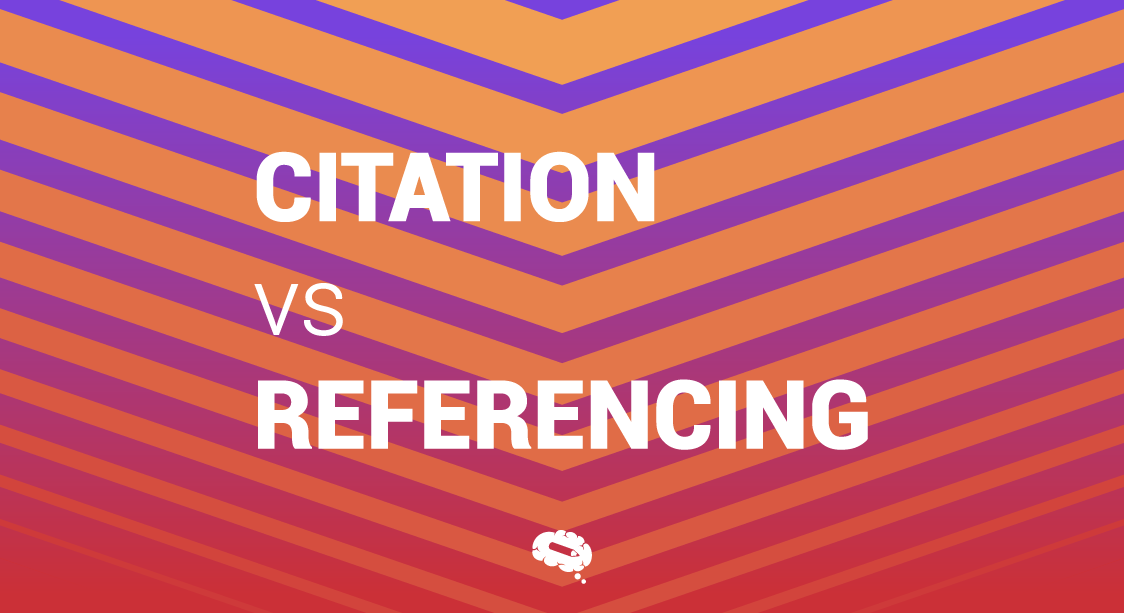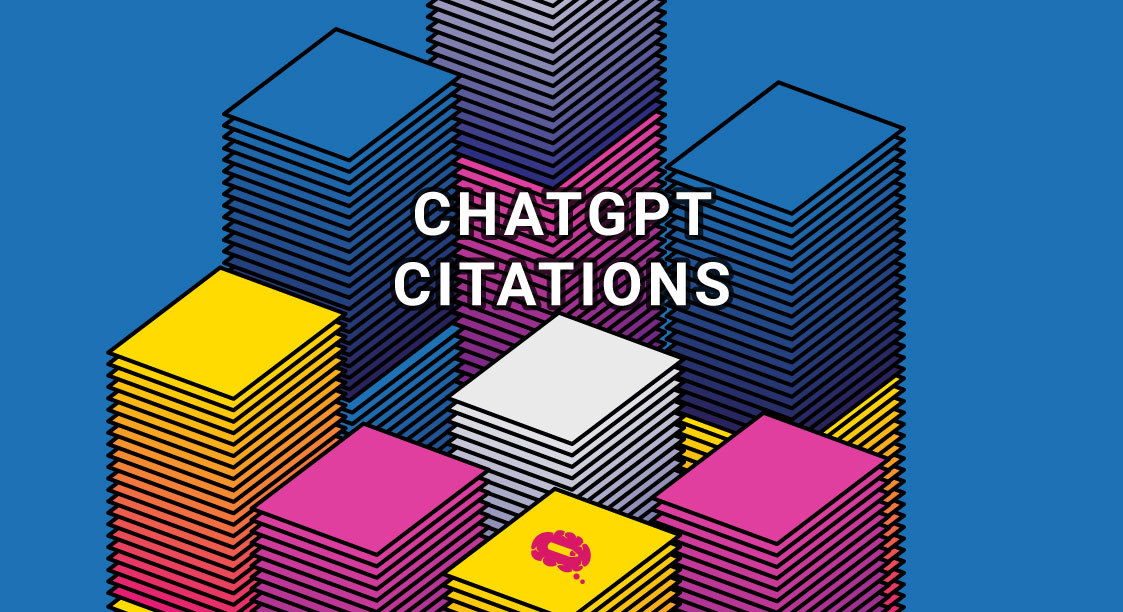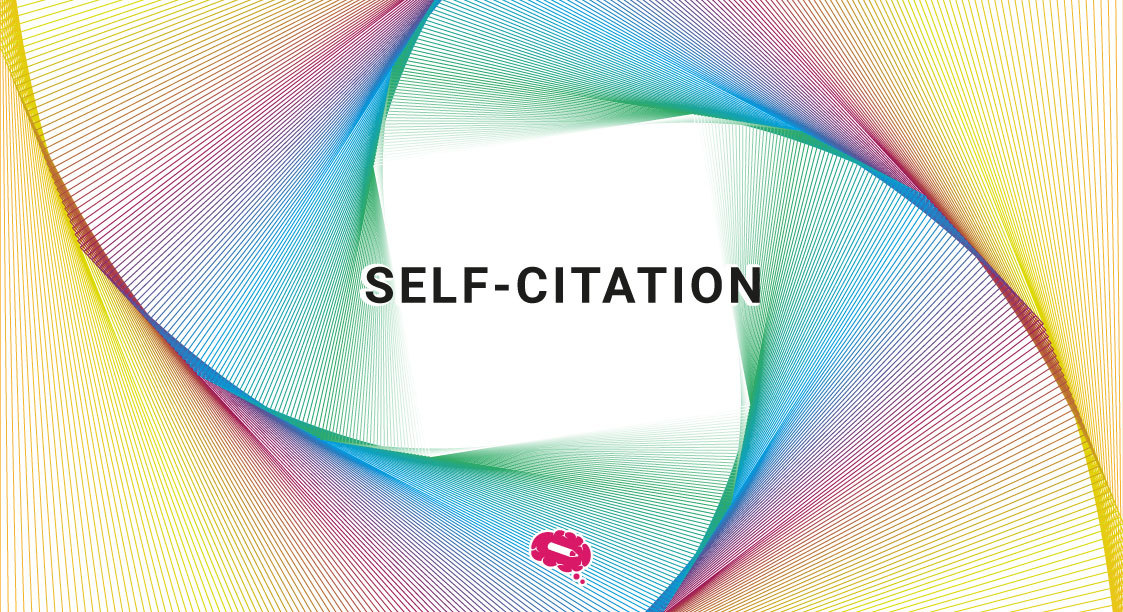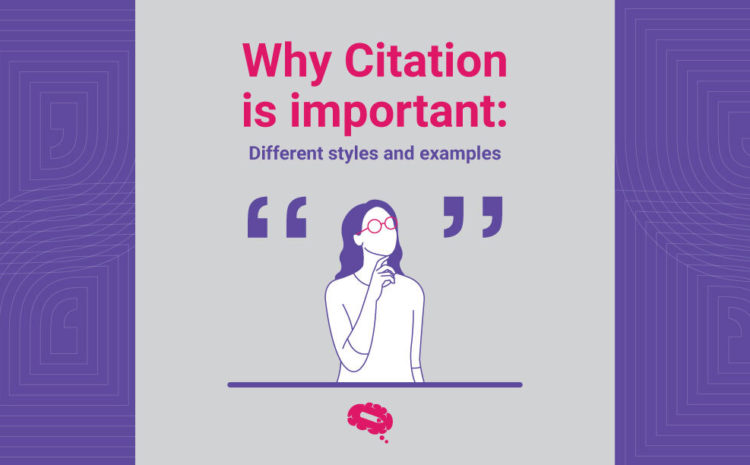When it comes to scientific writing, clarity, precision, and proper citation are crucial. For chemists and researchers in related fields, the American Chemical Society (ACS) style is the go-to standard for formatting manuscripts, citing sources, and ensuring that research is communicated effectively. Whether you’re preparing a research paper, a thesis, or a journal article, mastering the ACS style is essential for presenting your work professionally and credibly.
This guide will walk you through the key elements of ACS style, offering practical tips and examples to help you navigate the intricacies of scientific writing and ensure your work meets the highest standards of academic integrity.
Basics of ACS Style
The American Chemical Society (ACS) style is a widely used format for writing and citing sources in chemistry and related disciplines. It ensures that scientific communication is clear, consistent, and professional. Below are the general guidelines and key aspects of the ACS style that you should be familiar with.
General Guidelines
- Manuscript Structure: ACS style typically includes sections such as the title page, abstract, introduction, methods, results, discussion, conclusion, and references.
- Font and Spacing: Use a standard, readable font like Times New Roman, 12-point size. Double-space your manuscript, including references.
- Page Margins: Maintain 1-inch margins on all sides of the document.
- Headings: Use clear and consistent headings to organize your paper. Primary headings should be bold and centered, while subheadings can be bold and aligned to the left.
- Abbreviations: Define any abbreviations the first time they are used in the text, and use them consistently thereafter.
Common Rules for Citing Sources
In ACS style, citations are a key component, ensuring that all sources are properly credited. ACS allows three different formats for in-text citations: by superscript numbers, by numbers in parentheses, or by author-date.
- Superscript Numbers: Sources are cited using superscript numbers that correspond to a numbered list of references at the end of the document.
- Numbers in Parentheses: Similar to superscript, but the citation number is enclosed in parentheses.
- Author-Date: This format includes the author’s last name and the year of publication in parentheses, with a corresponding entry in the reference list.
In-Text Citations
In-text citations in ACS style are crucial for attributing ideas and information to their original sources. These citations not only give credit but also allow readers to trace the origins of information.
How to Cite Sources Within the Text
When citing sources within the text, choose one of the three ACS-approved methods. Regardless of the method, ensure consistency throughout your manuscript. Here’s how each method works:
- Superscript Numbers: The compound was synthesized according to the procedure reported by Smith.¹
- Numbers in Parentheses: The reaction yielded 85% of the desired product (1).
- Author-Date: The reaction yielded 85% of the desired product (Smith, 2023).
Examples of In-Text Citations
- Superscript Example: The results align with previous studies.³
- Parenthetical Example: According to recent research (4), the reaction conditions…
- Author-Date Example: Johnson and colleagues (2020) demonstrated similar findings.
Formatting References
In the ACS style, properly formatting your references is essential for giving credit to the original sources of your information. The reference list should appear at the end of your document, with entries ordered either numerically or alphabetically, depending on the citation method used in the text.
Journal Articles
When citing journal articles, the ACS style requires specific information to be presented in a particular order. The basic structure includes the author(s), article title, journal name, year of publication, volume number, and page numbers.
Structure of a Journal Article Citation
- Author(s). Article Title. Journal Name Year, Volume, Page Numbers.
- Include all author names in the order they appear in the publication.
- Use italics for the journal name and a comma to separate each part of the citation.
- The article title should be in sentence case (only the first word and proper nouns capitalized).
Examples of Correct Citations
- Smith, J. A.; Johnson, B. L. Synthesis of Novel Compounds. J. Org. Chem. 2020, 85, 1234-1245.
- Doe, R. K.; Lee, M. H. Catalytic Mechanisms in Organic Reactions. Chem. Rev. 2018, 90, 345-360.
Books and Book Chapters
Citing books and specific book chapters follow a similar structure, with additional details for editors, chapter titles, and page ranges where applicable.
How to Cite Entire Books
- Author(s). Book Title; Publisher: Place of Publication, Year.
How to Cite Specific Chapters
- Author(s) of Chapter. Chapter Title. In Book Title; Editor(s); Publisher: Place of Publication, Year; pp. Page Numbers.
Examples of Book Citations
Entire Book: Brown, H. R. Organic Chemistry; Wiley: New York, 2015.
Book Chapter: Green, T. W. Advanced Techniques in Chromatography. In Handbook of Chromatography; Blue, P. R., Ed.; Springer: Berlin, 2017; pp. 89-120.
Electronic Sources
Electronic sources require specific details such as the URL and the date of access, in addition to standard citation elements. These are crucial when citing online resources like websites, online articles, or databases.
Citing Online Resources
- Author(s) (if available). Title of Webpage. URL (accessed Month Day, Year).
For online journal articles, include the DOI (Digital Object Identifier) if available, which provides a permanent link to the content.
Examples of Electronic Source Citations
Website: National Institute of Standards and Technology. NIST Chemistry WebBook. https://webbook.nist.gov/chemistry/ (accessed August 13, 2024).
Online Journal Article: White, J. M.; Smith, K. P. Photochemical Reactions in Atmospheric Chemistry. Environ. Sci. Technol. 2023, 57, 10234-10241. https://doi.org/10.1021/acs.est.3c00123.
ACS Style for Figures and Tables
In scientific writing, figures and tables are essential for presenting data and results clearly and effectively. ACS style provides specific guidelines for labeling and formatting these visual elements to maintain consistency and clarity in your manuscript.
Labeling Figures
When labeling figures in ACS style, it’s crucial to provide clear and concise captions that accurately describe the content. Figures should be numbered sequentially as they appear in the text, and each figure should have a descriptive caption placed below it.
Guidelines for Figure Captions
- Numbering: Figures should be numbered in the order they are mentioned in the text (e.g., Figure 1, Figure 2).
- Placement: The figure number and caption should be placed directly below the figure.
- Content: The caption should briefly describe what the figure shows, including any relevant details like conditions, variables, or special methods used. Keep it concise but informative.
- Style: Use italics for the word “Figure” and the figure number, followed by a period, and then the caption in regular font.
Examples of Figure Labels
Figure 1. Reaction scheme for the synthesis of compound X under varying conditions.
Figure 2. UV-Vis spectra of the synthesized nanoparticles at different concentrations.
Formatting Tables
Tables are used to present data in a structured format, making it easier for readers to compare and analyze information. In ACS style, tables must be labeled and formatted consistently, with clear titles and column headings.
Rules for Table Titles and Headings
- Numbering: Like figures, tables should be numbered consecutively as they appear in the text (e.g., Table 1, Table 2).
- Title Placement: The table number and title should be placed above the table. The title should be descriptive but concise.
- Column Headings: Each column should have a clear heading that indicates the content. Headings should be in sentence case, and units of measurement should be included in parentheses where applicable.
- Footnotes: Use footnotes to provide additional information about specific data points or abbreviations. These are typically indicated by lowercase letters (a, b, c, etc.) and placed below the table.
Examples of Formatted Tables
Table 1. Yield of Product in Various Solvent Systems
| Solvent | Temperature (°C) | Yield (%) |
|---|---|---|
| Ethanol | 25 | 78 |
| Methanol | 25 | 82 |
| Acetone | 25 | 75 |
Table 2. Kinetic Parameters for the Enzymatic Reaction
| Substrate Concentration (mM) | Reaction Rate (µmol/min) |
|---|---|
| 0.1 | 12.5 |
| 0.2 | 24.0 |
| 0.5 | 58.3 |
Practical Tips
When writing and formatting your manuscript according to ACS style, attention to detail is crucial. Consistency and accuracy are key to presenting your research professionally and ensuring that your work meets the high standards expected in scientific writing.
Consistency
Maintaining consistency throughout your manuscript is essential for clarity and professionalism. Whether it’s the way you cite sources, format headings, or label figures and tables, consistency ensures that your work is easy to read and understand.
Importance of Maintaining Consistency
- Citations: Use the same citation format (e.g., superscript, numbers in parentheses, or author-date) consistently throughout your document. Inconsistent citation styles can confuse readers and diminish the credibility of your work.
- Formatting: Adhere to uniform formatting for all elements, including font type and size, heading styles, figure captions, and table titles. This uniformity helps to maintain a clean and professional appearance.
- Terminology: Use consistent terminology and abbreviations. For example, if you abbreviate a chemical compound or term, make sure you do so the same way every time after its first mention.
- Reference List: Ensure that your reference list follows the same format for every entry. This includes consistent punctuation, use of italics, and order of information.
Common Mistakes to Avoid
Even experienced writers can make errors when formatting a manuscript in ACS style. Being aware of these common pitfalls can help you avoid them and ensure your paper is polished and error-free.
- Inconsistent Citation Styles: Mixing different citation formats (e.g., superscripts and author-date) within the same document is a common mistake. Stick to one style throughout your manuscript.
- Incorrect Figure and Table Labels: Forgetting to number figures and tables sequentially or providing incomplete captions and titles can confuse readers. Double-check that all labels are accurate and complete.
- Misplaced or Incomplete References: Ensure that all sources cited in the text are listed in the reference section and that all references are complete and correctly formatted. Missing DOIs for online articles or incomplete book citations are common issues.
- Overlooking Abbreviations: Introduce all abbreviations when they first appear and use them consistently thereafter. Forgetting to define abbreviations can make your text hard to follow.
Using Citation Tools
Managing citations can be time-consuming, but citation management tools can help streamline the process, ensuring accuracy and consistency in your references.
Introduction to Citation Management Tools
Citation management tools like EndNote, Zotero, and Mendeley are invaluable resources for organizing and formatting your references automatically. These tools simplify the process of storing, managing, and citing sources, directly integrating with word processors to seamlessly insert citations and generate reference lists.
One of the primary advantages of using citation tools is their ability to reduce the risk of formatting errors, ensuring consistency throughout your document. Additionally, they make it easy to switch between different citation styles, a useful feature if you need to adapt your work for different publications. By keeping track of all your sources, these tools also help manage large numbers of references more efficiently.
To use these tools effectively, you can import references directly from databases or enter them manually. Most citation management tools offer the option to select ACS style from a list of formatting choices, automatically generating citations and reference lists that conform to ACS guidelines. This automation not only saves time but also enhances the accuracy of your references, allowing you to focus more on the content of your research.
The World’s Largest Scientifically-Accurate Illustrations Gallery
Mind the Graph offers an extensive library of scientifically accurate illustrations, helping researchers effectively visualize and communicate complex concepts. It features high-quality visuals across various scientific fields, with easy search, customization, and format options, enhancing the clarity and impact of scientific presentations and publications. Sign up for free now!

Subscribe to our newsletter
Exclusive high quality content about effective visual
communication in science.

